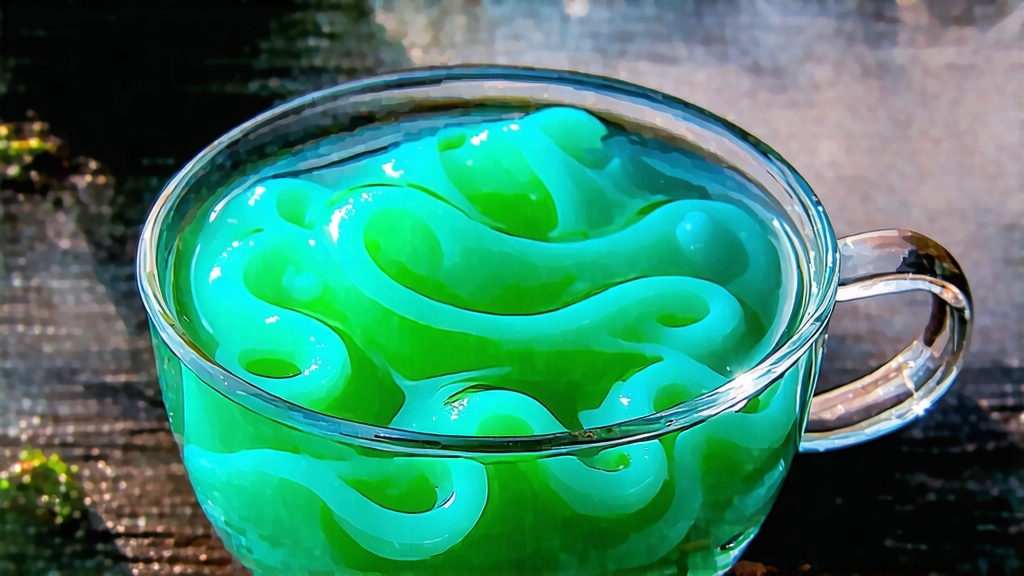
Biluochun, whose name translates literally to “Green Snail Spring,” is one of China’s ten most celebrated teas, yet it remains a quiet revelation for many overseas drinkers. Produced exclusively in the mist-laden hills that rim eastern Taihu Lake in Jiangsu Province, this emerald-green tea is prized for its improbably tiny spiral shape, downy silver hairs, and an aroma so fragrant that locals once called it “Scary Fragrance” (Xia Sha Ren Xiang) because perfumers feared its scent would overpower their floral oils. The following 2,000-word journey will walk you through the legends, micro-terroirs, meticulous craft, and graceful brewing rituals that make Biluochun a jewel of Chinese green tea culture.
-
Historical whispers among the fruit trees
The first written record appears in the Tang Dynasty’s “Classic of Tea,” but Biluochun’s mythic origin is set during the reign of the Kangxi Emperor (1661-1722). According to village lore, a tea picker stumbled upon a particularly aromatic shrub growing wild among apricot and peach trees on Dongting Mountain. She tucked a few leaves into her bosom; body heat gently withered them, releasing an intoxicating perfume that startled her fellow workers. The imperial court soon received samples, and Kangxi, enchanted by the curled, jade-green appearance and spring-like bouquet, christened it “Biluochun,” combining “bi” (green), “luo” (spiral), and “chun” (spring). The name fixed the tea in the Qing imperial tribute list for the next two centuries. -
Micro-terroir: an island in a lake
Authentic Biluochun comes only from Dongting Mountain—actually two islands, East and West Dongting—rising from Taihu, China’s third-largest freshwater lake. The water body moderates temperature, storing daytime heat and releasing it at night, thereby extending the chlorophyll-rich growing season. Morning mist filters sunlight, increasing amino acids especially L-theanine, which bolsters sweetness and umami. The hillsides, a mix of granite and acidic sandy loam, drain quickly yet retain enough moisture for the shallow-rooted tea bushes. Finally, fruit trees—peach, plum, apricot, and loquat—are interplanted with tea, their simultaneous spring bloom lending a subtle floral note that connoisseurs swear they can detect in the cup. -
Cultivar and picking calendar
The primary cultivar is a local seed-propagated variety known as “Dongting Qunti Zhong,” a mixed population rather than a single cloned line. Genetic diversity translates into complex aromatics, but also demands greater skill in leaf matching during firing. Picking begins around the solar term Qingming (early April) when two leaves and a bud measure no longer than 2.5 cm. Pre-Qingming batches, termed Mingqian, fetch the highest prices because the leaf is tender enough to be rolled into the classic spiral without cracking. As temperatures rise, leaf growth accelerates; post-Guyu (late April) pickings are still fragrant but lack the silkiness of earlier lots. -
Craft: the five moves of a single day
Once picked, leaves must reach the workshop within three hours. A master’s day is divided into five precise operations: withering, fixation, rolling, shaping, and drying.
- Withering is brief—30 minutes under shade—to reduce surface moisture without oxidizing the leaf.
- Fixation (shaqing) occurs in woks heated to 180 °C. The tea master tosses 250 g of leaf with bamboo tweezers in rhythmic arcs; in 3–4 minutes enzymes are neutralized, preserving the vivid green color.
- Rolling (cuorou) follows immediately while leaves are still pliable. Pressure is applied in alternating pulses to break cell walls and release sap, initiating the formation of the signature curl.
- Shaping (wolong) is Biluochun’s signature ballet. One hand forms a loose cage around the leaves while the other presses gently against the wok wall at 70 °C. The motion resembles petting a cat—circular, soft, yet firm. After 15 minutes the leaf tightens into a spiral and visible white hairs cling to its surface.
- Finally, drying (honggan) drops the temperature to 50 °C for 20 minutes, reducing moisture to 6 %. The entire process, start to finish, must finish within 12 hours to lock in the fruity perfume.
- Grading: from